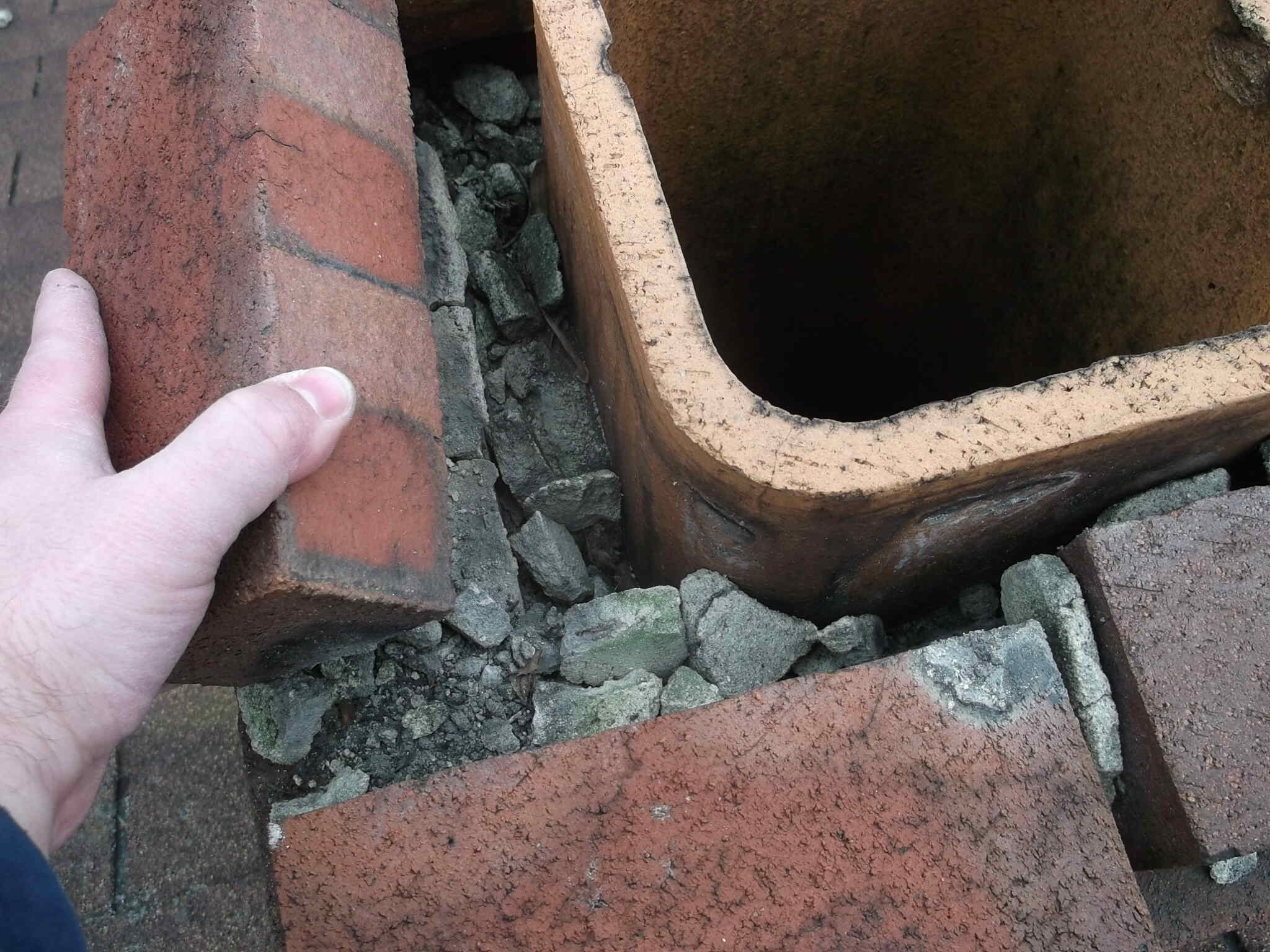

Articles
How Wide Is A Chimney Flue
Modified: August 28, 2024
Learn about the width of chimney flues in this informative article. Discover how different factors can affect the size and efficiency of your chimney.
(Many of the links in this article redirect to a specific reviewed product. Your purchase of these products through affiliate links helps to generate commission for Storables.com, at no extra cost. Learn more)
Introduction
When it comes to a chimney, many people think of the exterior brickwork and the cozy fireplace inside their homes. However, there is an essential component of a chimney that is often overlooked – the chimney flue. The chimney flue is the passageway through which smoke, gases, and other byproducts of combustion escape from the fireplace or heating appliance.
The width of the chimney flue plays a crucial role in the overall efficiency and functionality of the chimney system. Understanding the size and dimensions of the chimney flue is vital for ensuring proper ventilation, reducing the risk of fires, and optimizing heating performance.
In this article, we will explore the various aspects related to the width of chimney flues, including standard dimensions, factors affecting flue width, measurement techniques, common issues encountered, and possible solutions for narrow or wide flues.
Key Takeaways:
- Proper chimney flue width is crucial for safe and efficient fireplace operation, preventing hazards like smoke buildup and heat transfer. Consult professionals and adhere to building codes for optimal sizing.
- Measuring and maintaining chimney flue width is essential to prevent issues like poor ventilation, creosote buildup, and smoke spillage. Address narrow or wide flue problems promptly with expert guidance and tailored solutions.
Read more: How To Use A Chimney Flue
The Importance of Chimney Flues
Chimney flues serve several important purposes that should not be underestimated. Firstly, they provide a safe passage for the byproducts of combustion, such as smoke, carbon monoxide, and other gases, to escape from the home. Without a properly functioning flue, these hazardous substances can build up indoors, leading to health issues or even potential fatalities.
Furthermore, chimney flues help create a draft that draws fresh air into the fireplace or heating appliance, aiding in efficient combustion. This draft not only ensures a cleaner burn but also prevents the buildup of soot and creosote, which can be a fire hazard. By allowing for proper air circulation, the flue also contributes to consistent heating performance and reduces the risk of smoke entering the home.
Another important aspect of chimney flues is their role in preventing heat transfer to combustible materials surrounding the chimney. The flue acts as a barrier, keeping the hot combustion gases confined within its boundaries. This helps protect the structural integrity of the chimney and prevents the risk of nearby materials catching fire.
Additionally, chimney flues play a crucial role in maintaining the overall efficiency of heating systems. The proper size and dimensions of the flue ensure that the right amount of air is being drawn in and expelled, allowing for optimal combustion. A chimney flue that is too narrow or too wide can result in poor airflow, decreased efficiency, increased energy consumption, and even damage to the heating appliance.
In summary, chimney flues are not just a mundane part of a chimney system. They are integral for safe and efficient fireplace and heating appliance operation, preventing the buildup of hazardous gases, ensuring clean combustion, protecting against heat transfer, and optimizing energy usage. Understanding the importance of the chimney flue width is crucial to maintain a safe and functional chimney system.
Standard Chimney Flue Widths
Chimney flues come in various sizes, and the width can differ depending on the type of heating appliance and the overall design of the chimney system. While there is no one-size-fits-all answer, there are general standards and guidelines when it comes to chimney flue widths.
For masonry chimneys, the standard flue width for wood-burning fireplaces is typically around 8 inches by 12 inches or 12 inches by 12 inches. However, this can vary based on the size and layout of the fireplace and the specific requirements of local building codes. It’s important to consult with a professional chimney technician or builder to determine the appropriate flue width for your specific fireplace.
In the case of factory-built or prefabricated fireplaces, the flue width is often pre-determined and specific to the manufacturer’s specifications. These fireplaces typically have narrow flue widths, usually ranging from 6 inches to 10 inches in diameter.
When it comes to heating appliances such as wood stoves, pellet stoves, or gas appliances, the chimney flue width is determined by the manufacturer’s recommendations. It is crucial to follow these guidelines to ensure proper venting and prevent any potential safety hazards.
It’s important to note that these are general guidelines, and the specific flue width requirements may vary based on the size and output of the heating appliance, the type of fuel being used, and the design of the chimney system. Consulting a professional chimney sweep or technician is the best way to determine the exact flue width requirements for your specific situation.
Compliance with building codes and regulations is essential when it comes to chimney flue width. Local building codes often dictate minimum and maximum flue sizes to ensure proper functionality and safety. Failing to adhere to these regulations can result in structural problems, decreased efficiency, or even fire hazards. Therefore, it is crucial to consult with a professional and obtain the necessary permits when installing or modifying a chimney flue.
In summary, chimney flue widths can vary depending on the type of heating appliance and the design of the chimney system. Standard guidelines exist for masonry fireplaces and factory-built fireplaces, but it is important to consult with professionals and adhere to local building codes to ensure the proper flue width for your specific situation.
Factors Affecting Chimney Flue Width
When determining the appropriate width for a chimney flue, several factors come into play. Understanding these factors is crucial to ensure proper ventilation, efficient combustion, and overall chimney system performance. Here are some key factors that can influence chimney flue width:
1. Heating Appliance Type: The type of heating appliance being used, such as a wood-burning fireplace, gas stove, or pellet stove, can significantly affect the required flue width. Different appliances have varying venting requirements, and the manufacturer’s specifications should be followed for safe and efficient operation.
2. Size and Output of Heating Appliance: The size and output of the heating appliance also play a role in determining the flue width. Larger appliances or those with higher BTU (British Thermal Unit) ratings may require wider flues to accommodate the increased airflow and proper venting.
3. Type of Fuel: The type of fuel being burned in the heating appliance can impact the flue width requirements. Different fuels may produce varying amounts of combustion byproducts and require different flue sizes to effectively vent the gases.
4. Chimney Height: The height of the chimney can influence the necessary flue width. Taller chimneys generally create a stronger draft, allowing for better air circulation and improved combustion. In such cases, a slightly narrower flue may be sufficient. Conversely, shorter chimneys may require a wider flue to compensate for reduced draft strength.
5. Climate and Weather Conditions: The climate and weather conditions in the region can impact chimney draft. Wind patterns, temperature variations, and atmospheric pressure can all affect the airflow within the chimney. In areas with strong prevailing winds or extreme weather conditions, a wider flue may be necessary to maintain proper ventilation and prevent downdrafts.
6. Building Codes and Regulations: Local building codes and regulations establish certain requirements for chimney systems, including flue dimensions. It is essential to consult these codes to ensure compliance and safety. Failure to adhere to these requirements can result in structural problems, decreased efficiency, or even fire hazards.
7. Modifications or Design Changes: If modifications are made to the chimney system or significant design changes are implemented, the flue width may need to be adjusted. It’s crucial to consult a professional chimney technician or builder before making any modifications to ensure the proper flue width is maintained.
Considering these factors is essential in determining the appropriate chimney flue width for your specific heating appliance and chimney system. Consulting with a professional chimney sweep or technician is highly recommended to ensure compliance with safety standards, optimize chimney performance, and reduce the risk of potential issues.
When measuring the width of a chimney flue, it’s important to use a specialized tool called a chimney flue gauge. This tool will provide an accurate measurement, ensuring that any necessary repairs or installations are done correctly.
Measuring Chimney Flue Width
Accurately measuring the width of a chimney flue is crucial for various reasons, including determining the proper size for a new flue liner, assessing the draft and airflow within the chimney, or identifying any blockages or obstructions. Here are some methods to measure chimney flue width:
1. Visual Inspection: The simplest way to get an approximate idea of the flue width is through a visual inspection. By shining a flashlight up the chimney from the fireplace or stove opening, you can get a general sense of the flue size. However, this method may not provide exact measurements and should be used as a preliminary assessment before employing more accurate techniques.
2. Measuring Tape: A measuring tape can be used to determine the dimensions of the flue opening. Lower the tape measure from the top of the chimney until it touches all four walls of the flue. Take note of the measurement, ensuring that you measure at multiple points along the flue to account for any irregularities in shape or dimensions.
3. Flexible Flue Measuring Rod: A flexible flue measuring rod, also known as a chimney liner sizing kit, can provide a more precise measurement of the chimney flue width. This tool consists of a flexible rod with markers that correspond to different flue sizes. Insert the rod into the flue opening and determine the size that matches the width of the flue.
4. Chimney Camera Inspections: For a comprehensive assessment of the chimney flue, professional chimney sweeps often use specialized chimney inspection cameras. These cameras, mounted on flexible rods or attached to robotic platforms, allow technicians to view the inside of the flue in real time. This method provides accurate measurements and also helps identify any blockages, cracks, or damage within the flue.
5. Laser Measurement Devices: Advanced laser measurement devices can also be used to assess the width of a chimney flue. These devices use laser technology to measure the dimensions of the flue accurately. They provide quick and precise measurements, making them a valuable tool for chimney inspections and evaluations.
When measuring chimney flue width, it is crucial to exercise caution and ensure personal safety. It is advisable to hire a professional chimney sweep or technician who has the necessary equipment and expertise to perform accurate measurements and inspections.
In summary, measuring chimney flue width involves a variety of techniques, ranging from visual inspections to using measuring tape, flexible flue measuring rods, chimney cameras, or laser measurement devices. Consulting with a professional chimney sweep is recommended to ensure accurate measurements and a comprehensive assessment of the chimney flue.
Read more: How To Check A Chimney Flue
Common Issues with Chimney Flue Width
The width of a chimney flue plays a critical role in the overall functionality and safety of a chimney system. When there are issues with the flue width, several problems can arise that can impact the performance and efficiency of the fireplace or heating appliance. Here are some common issues associated with chimney flue width:
1. Poor Ventilation and Draft: A chimney flue that is too narrow can result in poor ventilation and insufficient draft. This can prevent proper airflow, leading to the buildup of smoke, gases, and other byproducts of combustion within the home. Inadequate draft can also cause issues with combustion, resulting in a less efficient burn and increased fuel consumption.
2. Insufficient Clearances: Clearances refer to the recommended distances between the flue and combustible materials such as wood framing, walls, or insulation. When a flue width is too narrow, it can result in inadequate clearances, increasing the risk of heat transfer and potential fire hazards. Proper flue width ensures that the hot gases are contained within the flue, reducing the chances of nearby materials igniting.
3. Increased Creosote and Soot Buildup: A chimney flue that is too narrow can lead to increased accumulation of creosote, a highly flammable substance that forms during the combustion process. Creosote buildup is a major fire hazard and can result in chimney fires if not regularly cleaned and maintained. Additionally, a narrower flue can cause more soot to collect on the chimney walls, reducing the efficiency of the chimney system.
4. Restricted Airflow: Inadequate flue width can restrict the airflow, affecting the overall combustion process. Insufficient air supply leads to incomplete combustion, which can cause poor heating performance, increased smoke production, and the release of harmful gases such as carbon monoxide into the living space.
5. Smoke Spillage: A narrow flue can result in smoke spilling back into the home instead of being properly vented out. This can lead to unpleasant odors, respiratory issues, and the need for frequent cleaning of furniture and surfaces due to smoke residue.
6. Difficulties with Chimney Sweeping and Maintenance: A chimney flue that is too narrow can make chimney sweeping and maintenance challenging. It may be more difficult for a chimney sweep to maneuver their tools and brushes through a narrow flue, potentially leading to subpar cleaning and maintenance results.
7. Inadequate Chimney Performance: Overall, a chimney flue that is not appropriately sized can result in decreased efficiency and suboptimal performance of the entire chimney system. This can lead to higher energy consumption, increased heating costs, and potentially costly repairs or replacements in the long run.
Regular chimney inspections and maintenance by a professional chimney sweep can help identify and address any issues with the chimney flue width. It is essential to consult with experts to ensure the optimal performance and safety of your chimney system.
Solutions for Narrow or Wide Chimney Flues
When dealing with chimney flues that are either too narrow or too wide, several solutions can help rectify the issue and restore proper functionality to the chimney system. The specific solution will depend on the severity of the problem and the underlying cause. Here are some potential solutions:
1. Flue Liner Installation: If the flue is too wide, installing a flue liner can help reduce the diameter and create a more suitable flue size. Flue liners can be made of materials such as stainless steel, clay tiles, or cast-in-place cement. The liner is installed within the existing flue to enhance draft, improve efficiency, and ensure proper venting.
2. Flue Restrictor/Gate Installation: In cases where the flue width is excessively wide, a flue restrictor or gate can be installed. This adjustable device helps restrict the width of the flue, optimizing draft and controlling airflow. Flue restrictors are typically made of metal and can be adjusted to accommodate different flue sizes.
3. Chimney Relining: If the flue is both too narrow and damaged or deteriorated, chimney relining may be necessary. This involves installing a new liner within the existing chimney structure to provide a properly sized, smooth, and efficient flue. Chimney relining can be done using various materials, including stainless steel or flexible chimney liner systems.
4. Flue Resizing: In some cases, it is possible to resize the flue through professional chimney modifications. This involves carefully adjusting the dimensions of the flue to achieve the proper width while maintaining structural integrity. Flue resizing should always be done by experienced professionals who can ensure that the modifications comply with safety standards and building codes.
5. Regular Cleaning and Maintenance: Proper and regular chimney cleaning and maintenance are essential for both narrow and wide flues. Regular chimney sweeping helps remove soot, creosote, and other debris that can accumulate and impact the performance of the flue. Additionally, inspections can identify any issues early on, allowing for timely repairs or adjustments to be made.
6. Consultation with Professionals: It is crucial to consult with qualified chimney technicians or professionals who can assess your specific flue situation. They can provide expert advice tailored to your chimney system, determine the appropriate solution, and ensure compliance with safety standards and building codes.
7. Regular Monitoring and Testing: Once a solution has been implemented for a narrow or wide flue, it is important to monitor and test the performance of the chimney system. Regularly checking for proper draft, clearances, and efficient operation can help identify any ongoing issues and ensure that the chosen solution is effective.
Each chimney flue situation is unique, and the appropriate solution may vary. It is crucial to consult with professionals who can provide accurate assessments and guidance based on your specific circumstances. By addressing narrow or wide flue issues promptly and effectively, you can maintain a safe, efficient, and functional chimney system.
Conclusion
The width of a chimney flue is a crucial aspect of a functional and efficient chimney system. Understanding the importance of flue width and its impact on ventilation, draft, and overall performance is essential for homeowners and chimney professionals alike.
In this article, we have explored various aspects related to chimney flue width, including standard dimensions, factors affecting flue width, measurement techniques, common issues, and possible solutions. By recognizing the importance of chimney flues and taking the necessary steps to address any width-related issues, homeowners can ensure the safety, efficiency, and optimal performance of their chimney systems.
From standard chimney flue dimensions for different heating appliances to factors that influence flue width, such as heating appliance type, size, and fuel, various elements must be considered when determining the appropriate width. Measuring chimney flue width accurately through visual inspection, measuring tape, flexible flue measuring rods, chimney cameras, or laser devices is crucial for proper sizing and ventilation.
We have also discussed common issues that can arise with chimney flue width, such as poor ventilation, insufficient clearances, and increased creosote buildup. However, there are solutions available to address these issues, such as installing flue liners, gate restrictors, or considering chimney relining or resizing. Regular chimney cleaning, maintenance, and consultation with professionals play a vital role in ensuring the ongoing performance and safety of the chimney system.
By understanding the importance of chimney flue width and taking proactive steps to maintain optimal conditions, homeowners can enjoy the benefits of a safe, efficient, and properly functioning chimney system. Regular inspections, adherence to building codes and regulations, and seeking professional guidance are key in maintaining a chimney flue that promotes proper ventilation, efficient combustion, and peace of mind for homeowners and their families.
Frequently Asked Questions about How Wide Is A Chimney Flue
Was this page helpful?
At Storables.com, we guarantee accurate and reliable information. Our content, validated by Expert Board Contributors, is crafted following stringent Editorial Policies. We're committed to providing you with well-researched, expert-backed insights for all your informational needs.
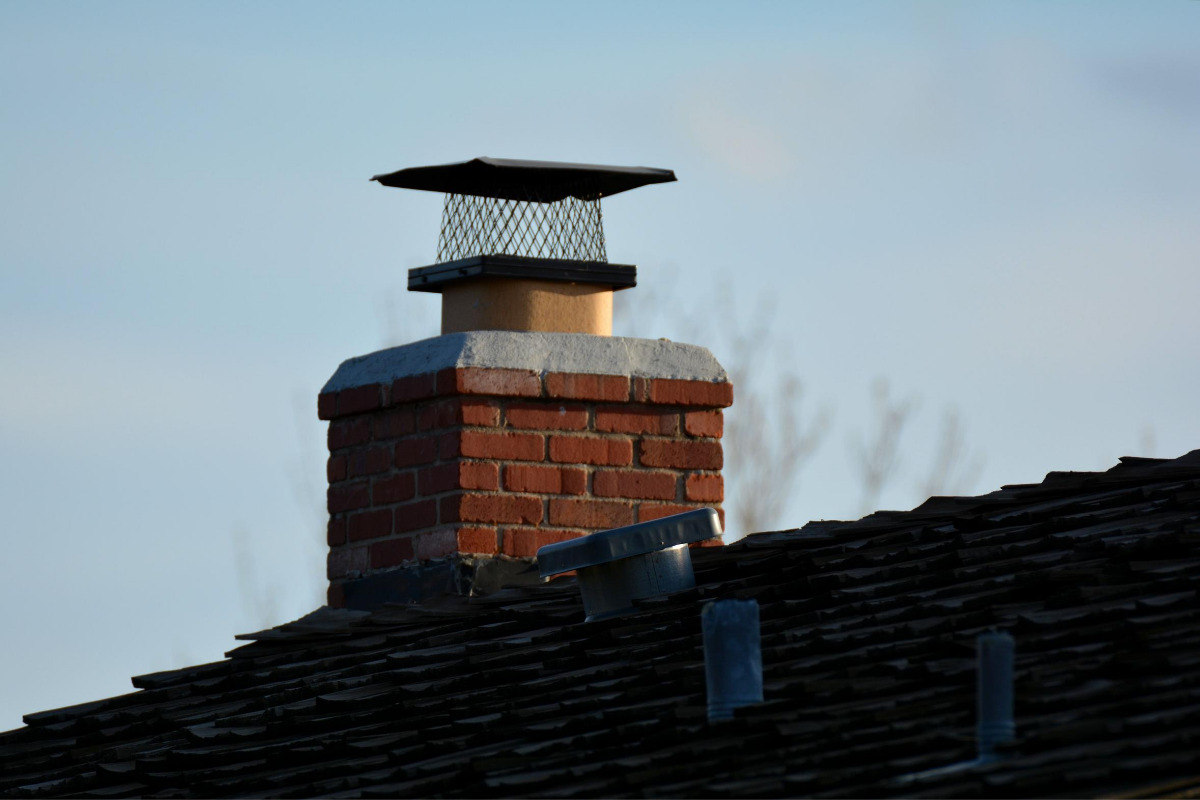
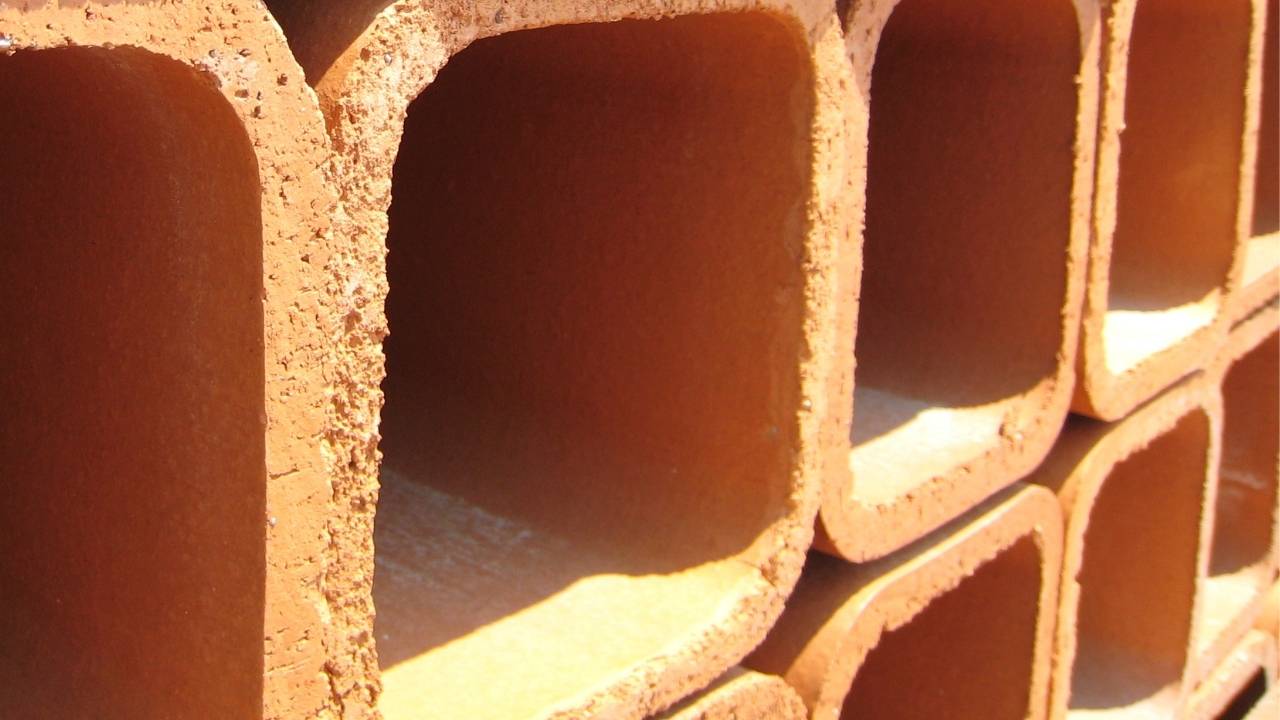
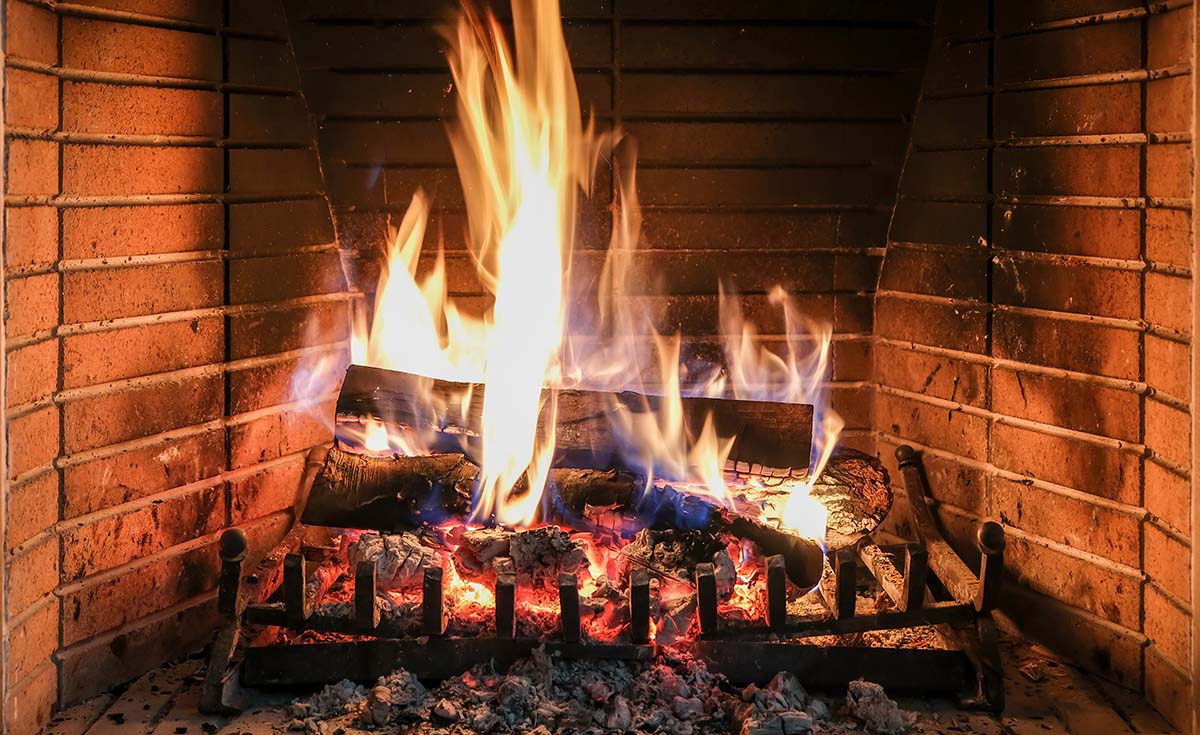
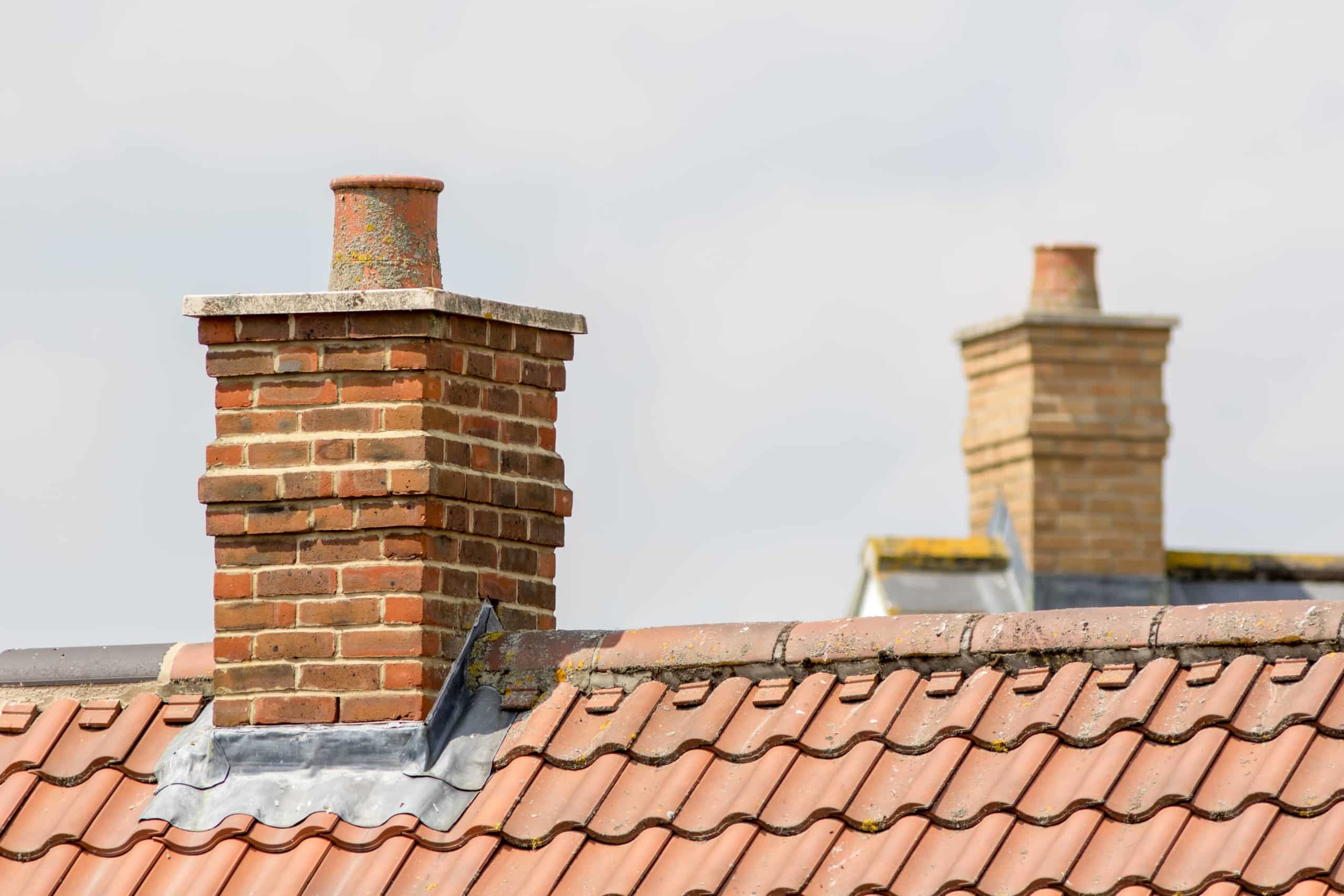
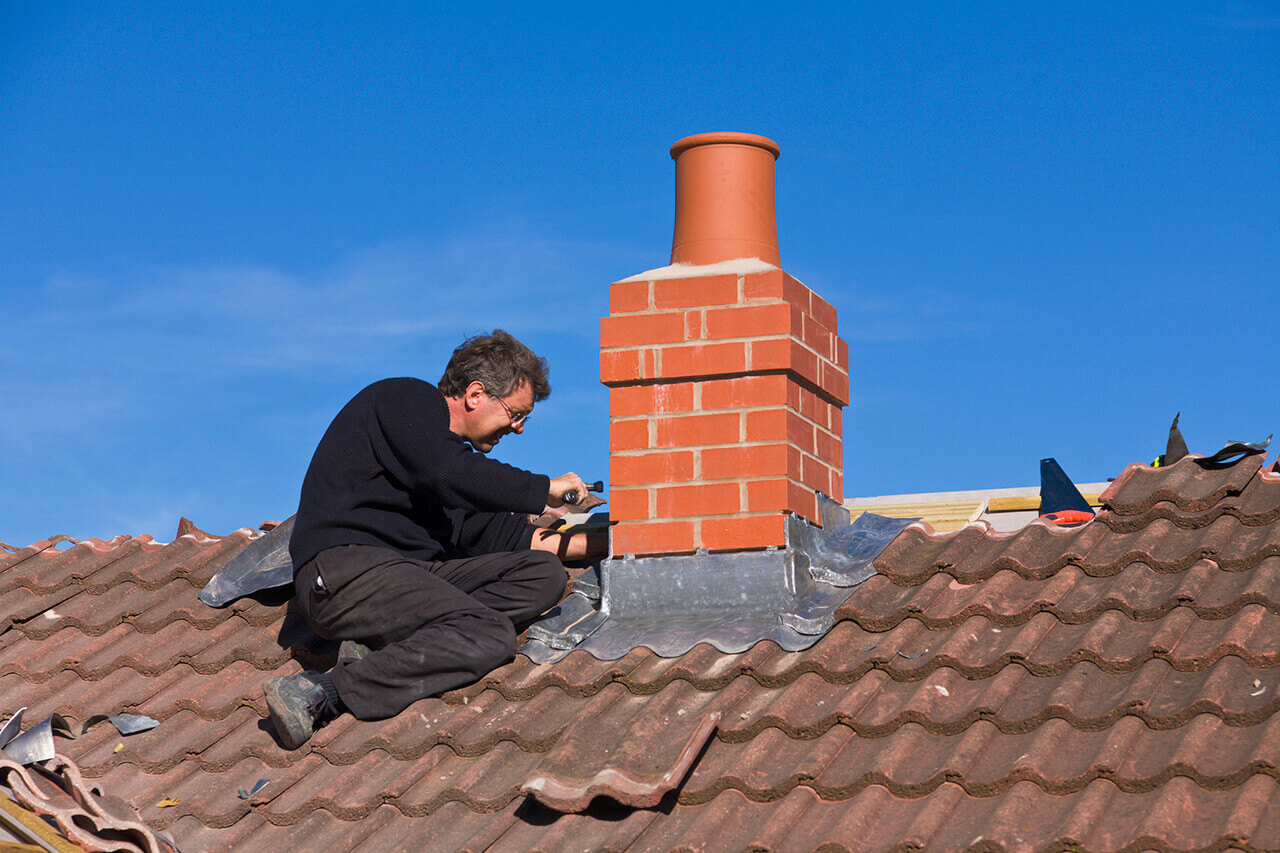
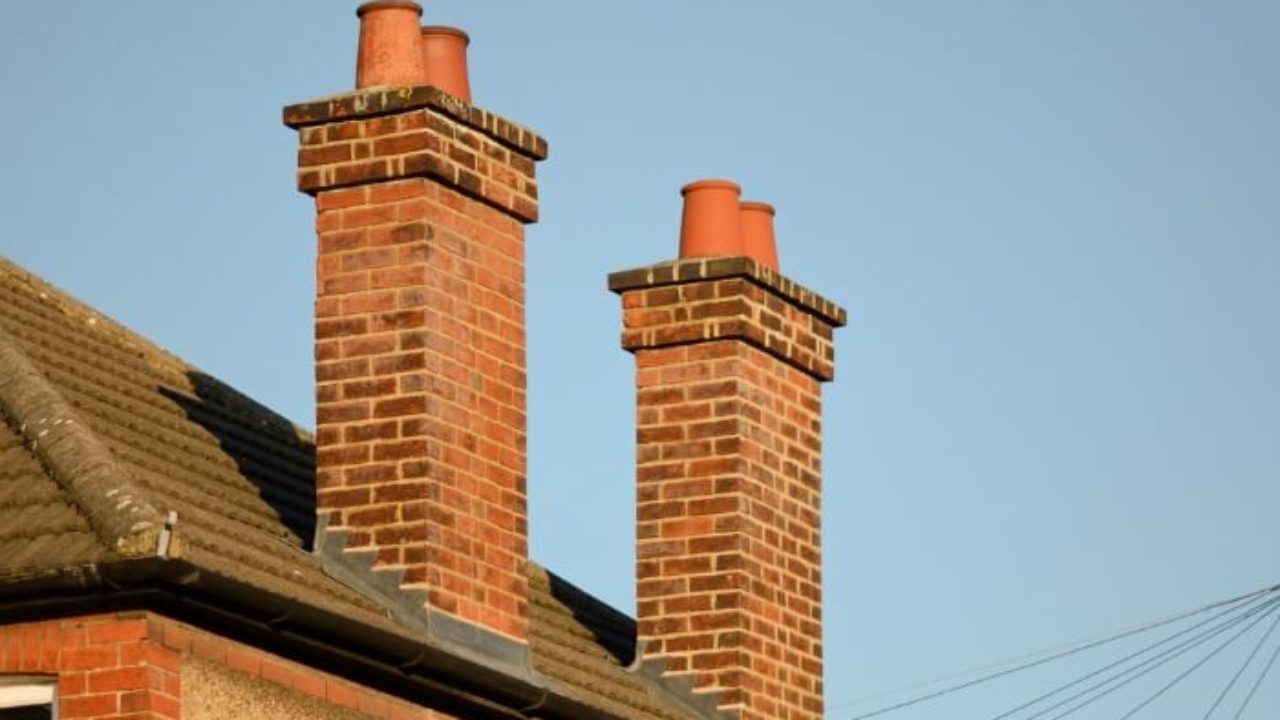
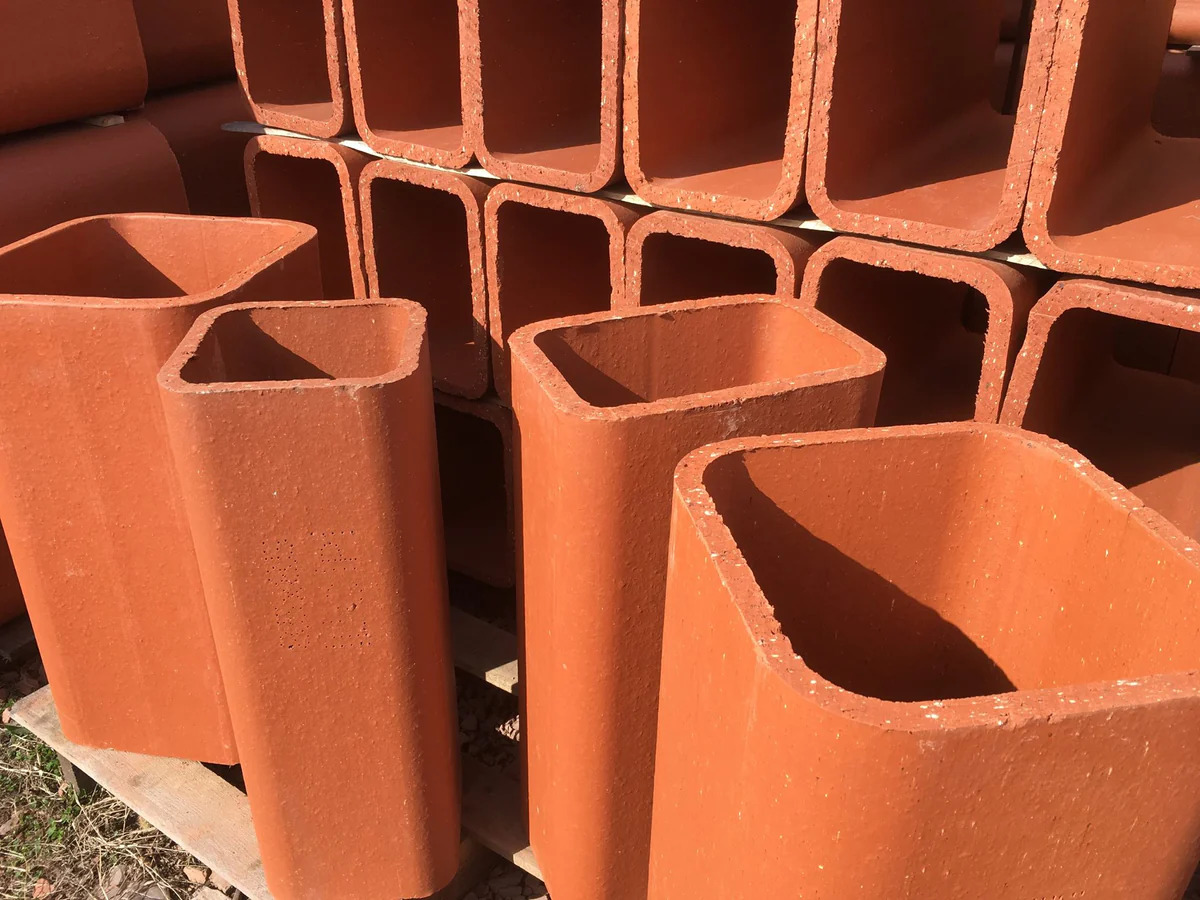

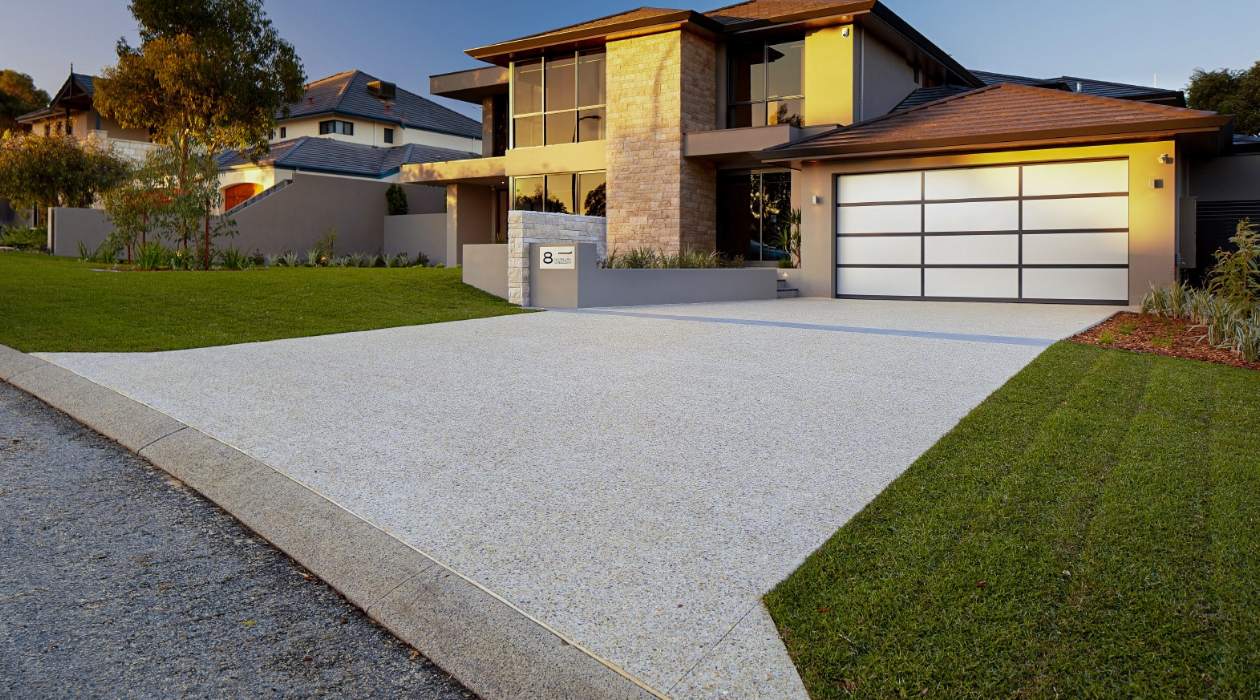
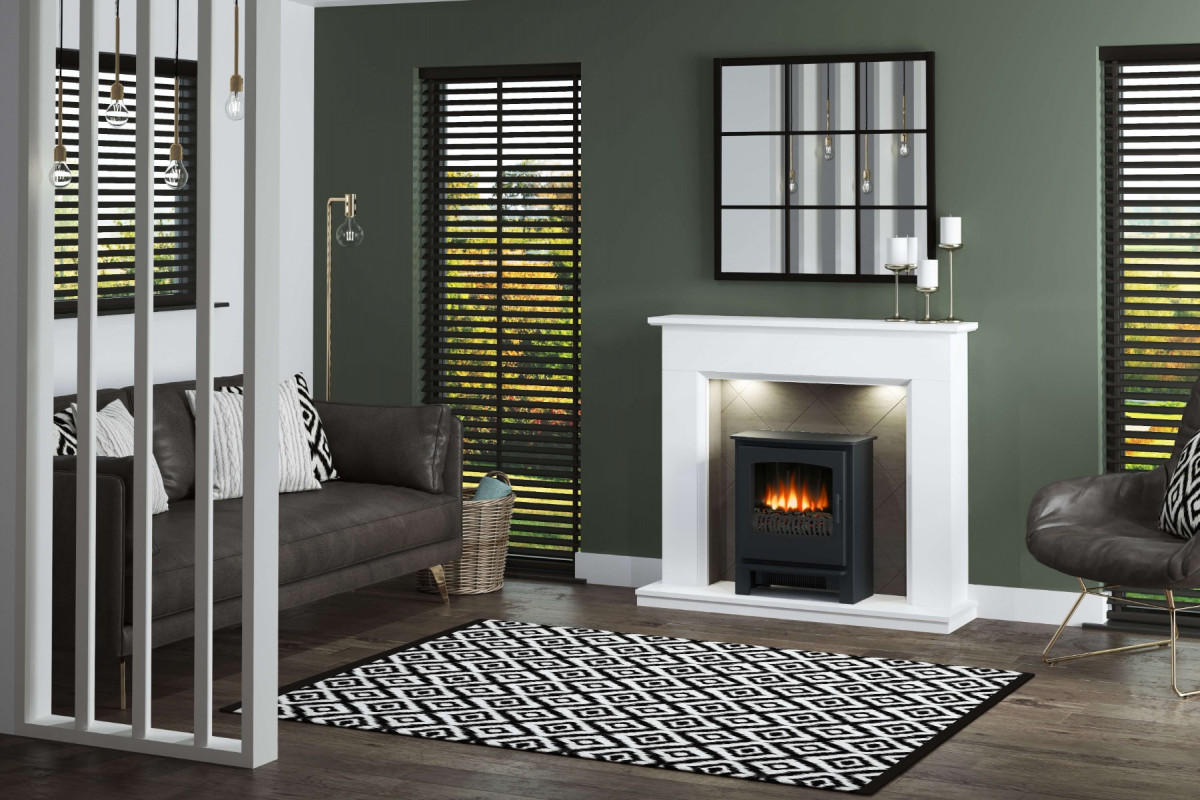
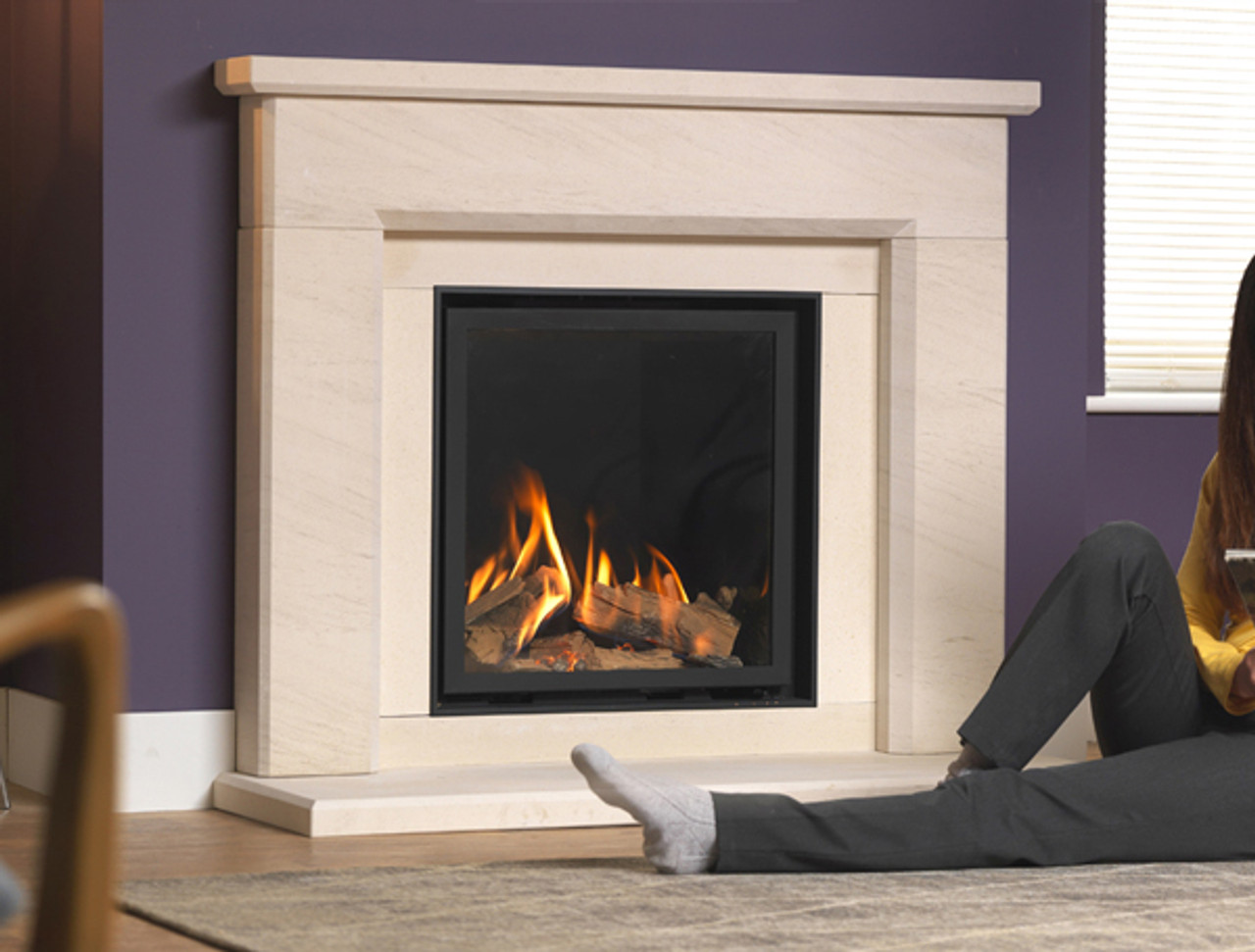
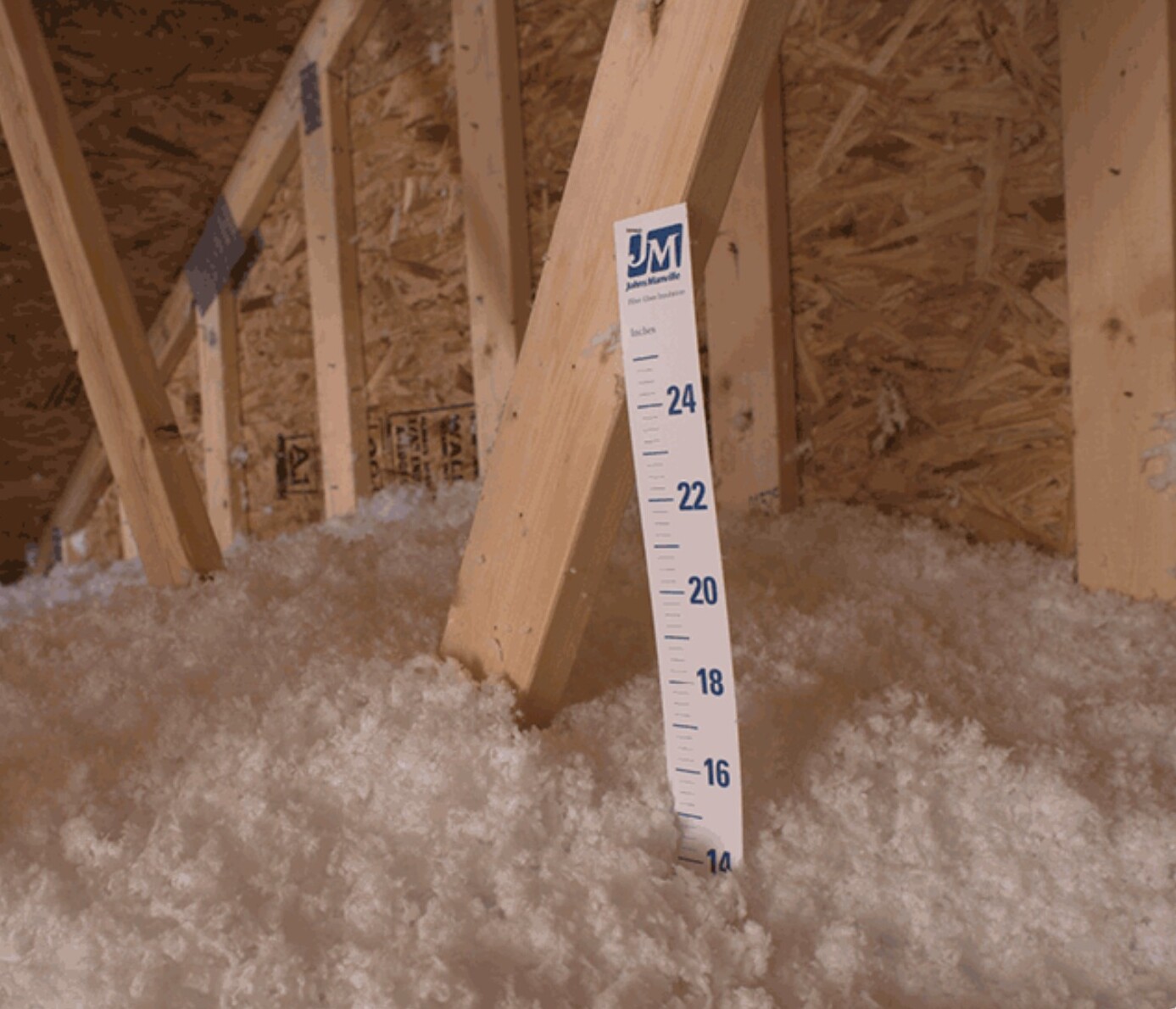
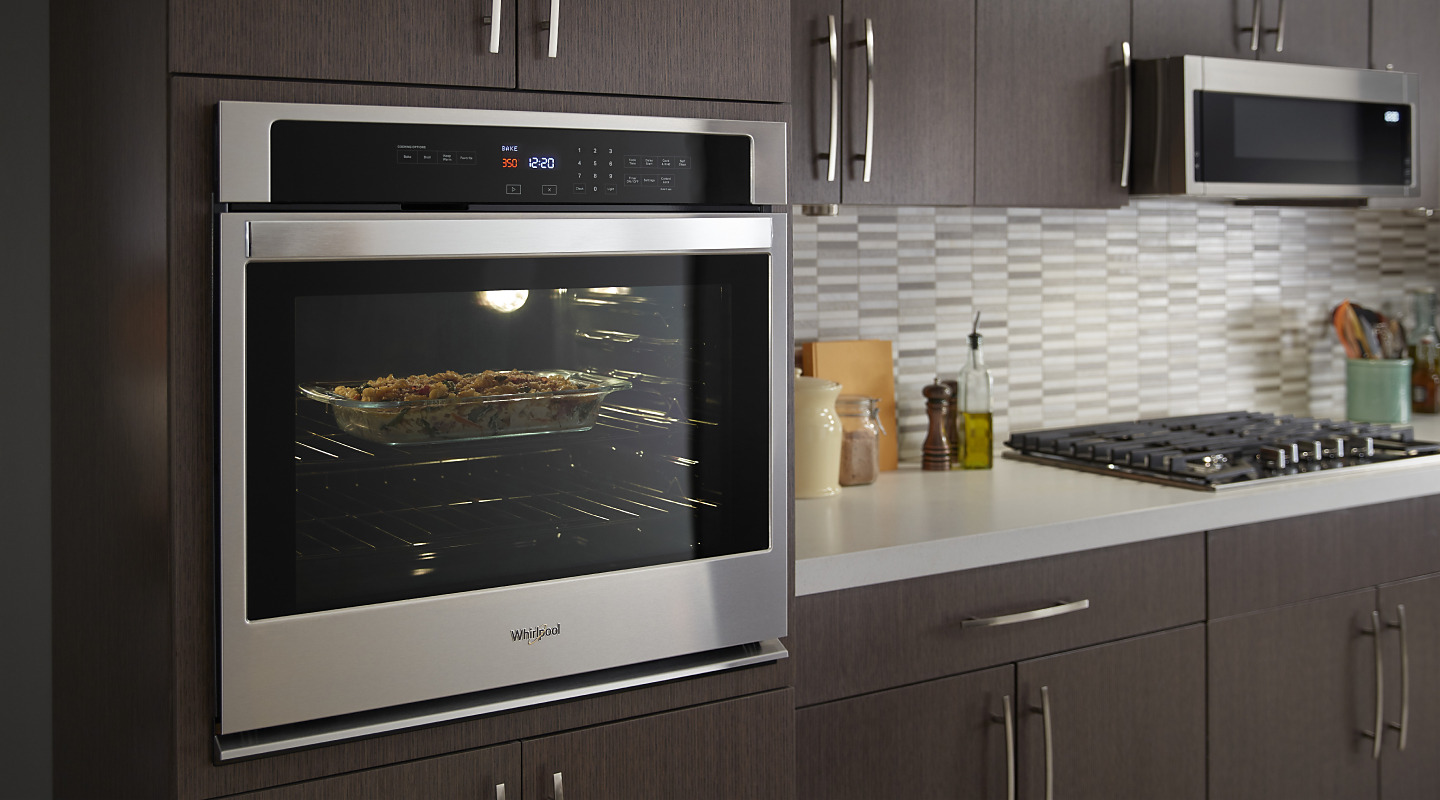
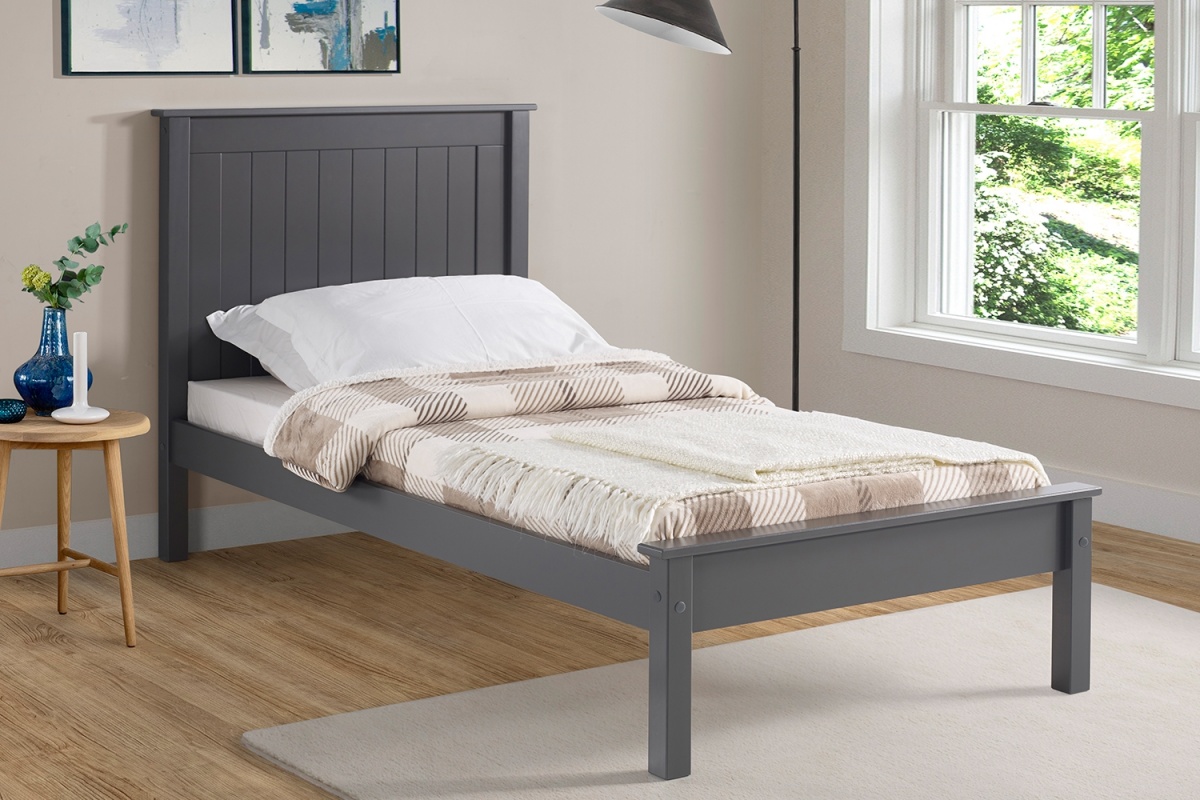

0 thoughts on “How Wide Is A Chimney Flue”